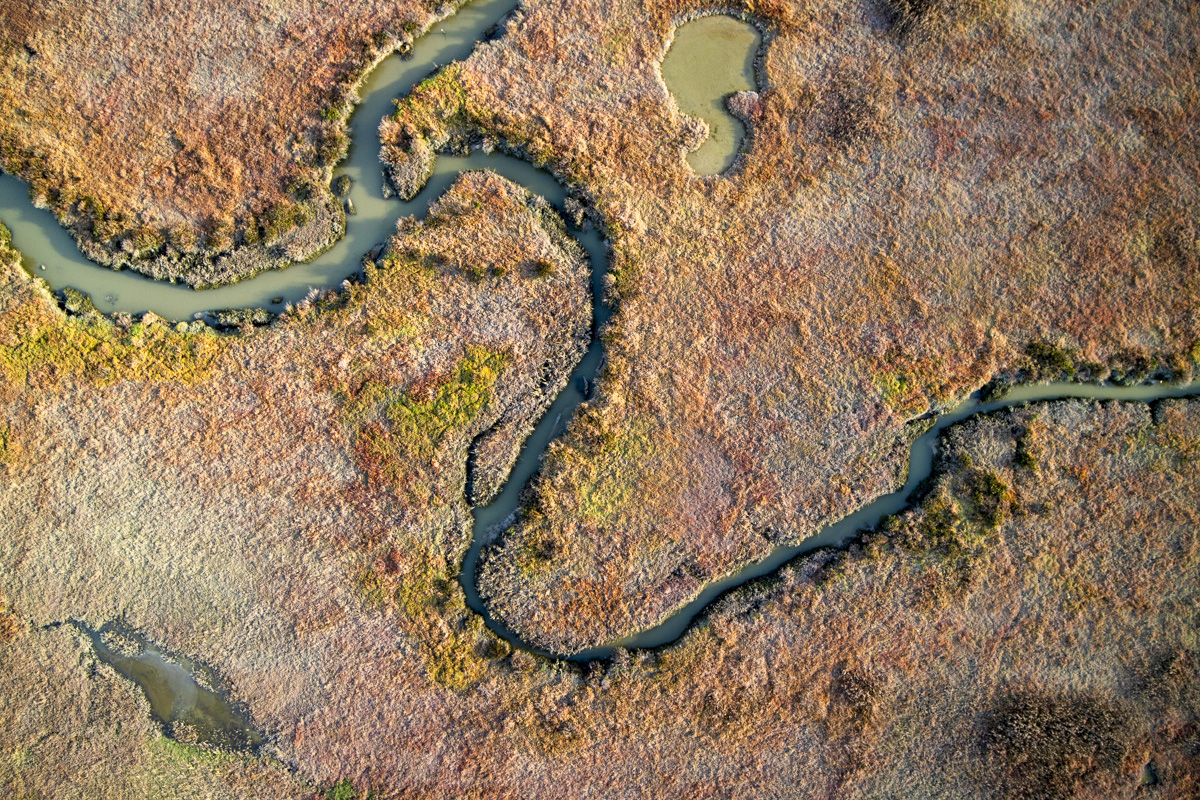Memo to Self: Remember to Tell People Why Tidal Marsh Restoration Matters
If you work in the environmental field long enough, it becomes easy to forget that not everyone starts with the same understandings or intuitions that we do. For example, when I talk with members of the public or the media, I sometimes skip right over the “why” of what we are doing so I can get right to the “what,” the “when,” and the ”how” of it. That’s a mistake on my part, and I am trying to stop making it.
It’s a challenge, though, because to practitioners in our field, many of our underlying motivations to restore tidal marsh (or undertake most other kinds of environmental work) are so ingrained that they are almost preconscious. The reason to restore feels so obviously self-evident that we don’t even think of it anymore (like the way drivers instinctively move their right foot over to the brake pedal when they see red brake lights flash in front of them). But for most other people, a little explanation and context for why we are doing this is critical to inspiring in them any sense of shared value or interest in it.
If you’re on our website and reading this, there is a good chance that you aren’t wholly new to the importance, the benefits, and the motivations behind tidal habitat restoration. You already know about how tidal marshes provide habitat for several endangered or threatened species of wildlife and are home to many other species that are not so vulnerable but still depend on these areas.
And you probably know that marshes absorb and disperse the energy of ocean and bay waves and are thus an important part of local flood risk management and long-term sea level rise adaptation. You may also know that they absorb at least as much atmospheric carbon dioxide (a greenhouse gas) per area as forests and are thus a part of addressing global climate change. You might even be a little bit of an expert and know that marshes help reduce water pollution and contribute to a cleaner San Francisco Bay for all manner of fish and wildlife.
If you are reading this and don’t already know why tidal marshes are important, well, just read the above paragraph. Or check out this handy graphic in our Wetlands 101 section.
The main point of this entry is not to restate why tidal marshes are important but rather to remind myself and you – the reader – not to take that understanding and intellectual starting point as a given. I want those of us who work on marsh restoration and other environmental improvement projects to remember to make those points clear when talking with our friends, family, and neighbors about the why of what we are doing.
Let’s take every opportunity to convey the vital importance of enhancing and restoring habitats and ecosystems, not because it’s fun and challenging (though it is!), but because there are compelling reasons for doing it.


